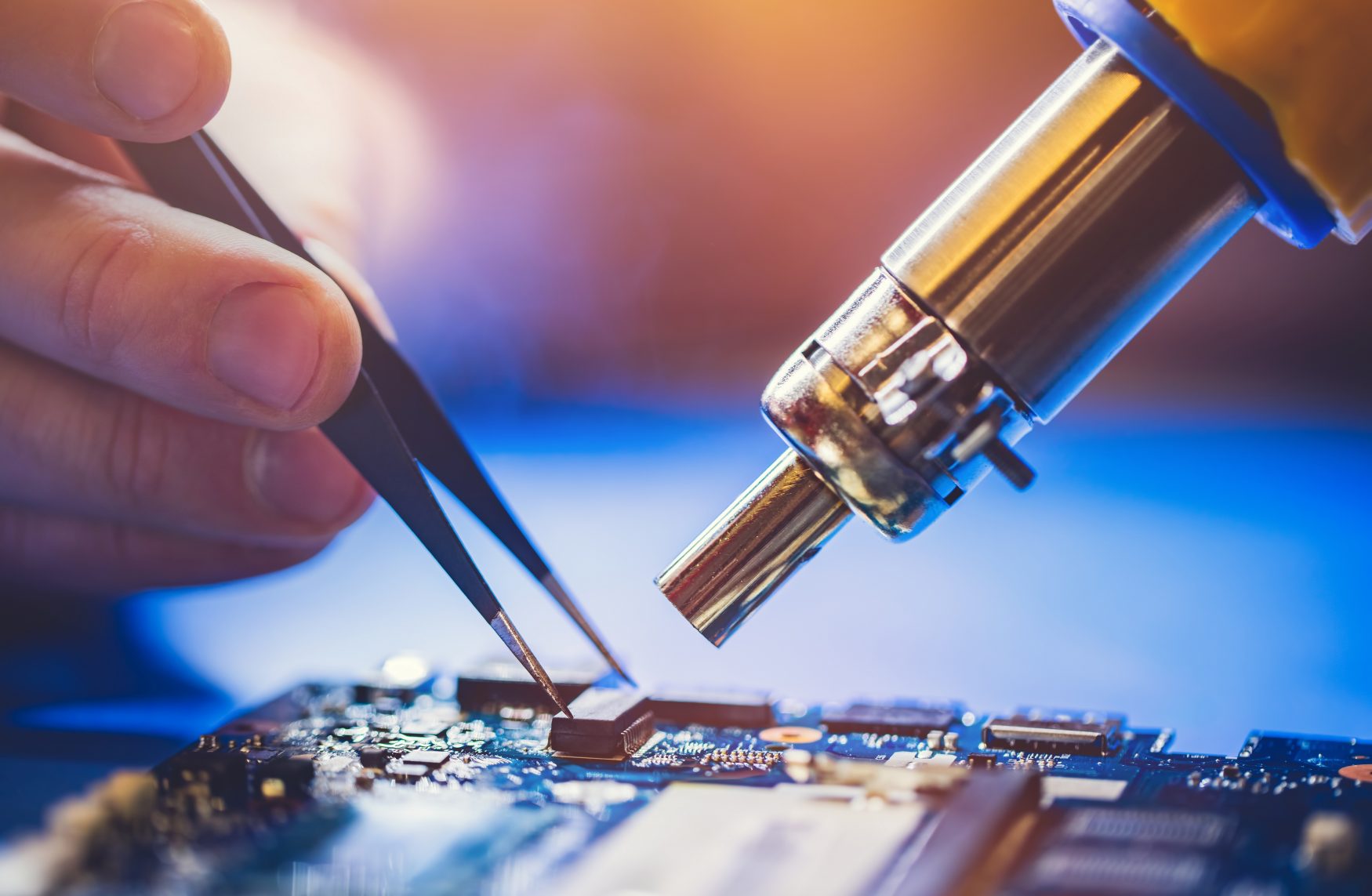
The Man Behind the Microchip
The Man Behind the Microchip.
The man behind the microchip is actually a misleading phrase, since most science histories show that there were at least two primary inventors, Jack Kilby and Robert Noyce, along with a number of other contributors.
In the 1950s, Noyce and Kilby were working for major corporate laboratories, including RAND and Texas Instruments, and almost simultaneously came up with miniature circuits that took the place of massive component-based systems.
Over the next 40 or 50 years, these microchips have been used in almost every appliance and electronic device, including cars, airplanes and other machinery.
Carefully considered and properly used, microchips of very, very small size have made modern life more efficient and less cumbersome.
Yet, as with almost any invention that is developed for commercial or recreational purposes, there are people who feel they must put the items to other, more nefarious uses.
There is a fine line being drawn between GPS microchips that can keep pets and children safe, and the more sinister use of tracking the movements of human beings.
Among the government, science industry and political proponents of microchip use, there are those who will argue that the tracking devices and implanted chips won’t be used as a way to control and track the masses.
But opponents argue that other populations have heard this argument before.
He Did It
Behind the Microchip Now
It may be safer to start discussing the man behind the microchip in the 21st century, since the current use of the Noyce/Kilby invention is of utmost importance.
Perhaps the citizens of the world would be wise to try and learn more about the men and women who own and control the use of this marvelous little item.
While the moneyed elite and their political allies have secured most of the control of major industries and the financial means to operate them, one of the powers remaining in the hands of the masses is knowledge.
With a better understanding of what the government and its financial supporters intend to do, the people can better protect themselves and their few remaining rights.
What are You Doing?
When Noyce and Kilby, with help from major-corporation money, developed small circuits that replaced cumbersome components the race for reduction in size had just started.
In the 1960s a microchip, as developed by these men, was not tiny in comparison to what is begin used today.
Some of the radio-frequency identification (RFID) chips that can be used to track pets, children, even adults, are no larger than the surface of a pencil eraser, yet they contain dozens of individual circuits.
At first, the small microchip allowed electronic devices and home appliances to become smaller and more efficient.
This accompanied the gradual reduction in size of the computer, which truly became personal.
Design on a Dime
Nearly everyone is familiar with the amazing capabilities of the cell phone and such items as the Blackberry and iPhone, which are really computers-in-a-pocket created by the man behind the microchip.
This miniaturization has brought the microchip to such a small size that a tracking device can not only be placed on a pet or child and never be noticed, but the tiniest RFID chip could actually flow through the blood stream, after being injected or otherwise introduced into the body.
Some people may remember the movie The Fantastic Voyage, in which people were reduced to specks and entered the human body.
While this isn’t possible, the tools that they used are getting closer to being a reality.
Some see the day coming soon when the man behind the microchip will be able to put these tools in the body and even make repairs.

 My First Amazing Ayahuasca Experience
My First Amazing Ayahuasca Experience  Pine Needle Tea
Pine Needle Tea  The REAL Controllers of Humanity: The Papal Bloodlines
The REAL Controllers of Humanity: The Papal Bloodlines  Is it Global Warming or Cooling?
Is it Global Warming or Cooling?  Gun Rights and Obama Examined
Gun Rights and Obama Examined